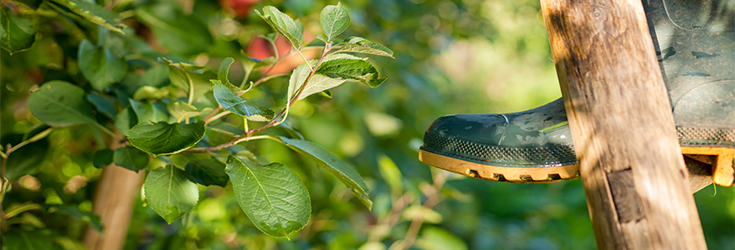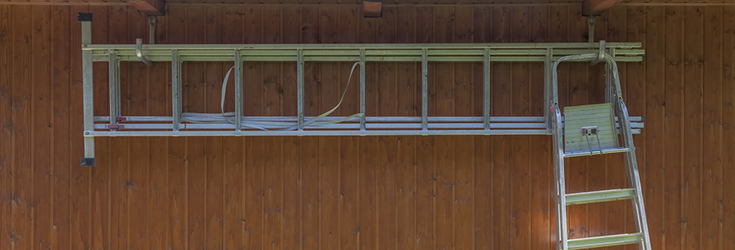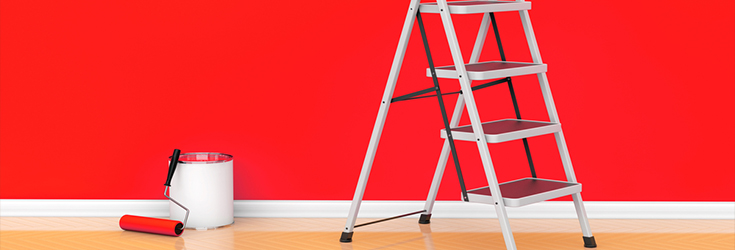Good Material Is Everything: Types Of Material In Ladders
10/01/2017
We’ve talked previously about the importance of picking the right ladder for the job – and it’s true, there’s no more vital check to do. But the materials play a big part in the equation too. There can be a couple to choose from, and depending on the job, sometimes it helps to know the difference. Below, we’ve summed up some of the defining characteristics of each material for you.
Timber and Wooden Ladders

One of the most common materials for ladders, wood is cheap and widely available, meaning it’s a popular choice for homeowners and small business owners. Wood is useful against the elements as well – it won’t conduct an electric current, and is reasonably resistant to heat (though obviously not to open flame). Some wooden ladders can also be considerably heavier than their counterparts made from other materials, making them sturdier and safer for those tough jobs. What’s more, their natural durability often gives them an impressively long lifespan – as long as you regularly get them checked for faults, cracks or other defects.
However, though your wooden ladder isn’t vulnerable to rust, it can rot if left out in the open, especially in damp weather, potentially making it dangerous. This can mostly be avoided, though, by the simple expedient of storing your ladder inside.
Aluminium Ladders

Aluminium ladders have a number of clear advantages right out of the gate – they are lightweight and durable, and can often be stored outdoors with no ill effects. They are far lighter than wooden or fibreglass counterparts, making them easier and safer for a single person to handle – perfect for those quick little DIY fixes.
What’s more, they’re incredibly versatile from a construction point of view, with some alloys lending strength comparable to structural steel. As well as this trademark durability, it also makes them resistant to oxidisation, helping them avoid the worst effects of rust and adverse weather. Aluminium doesn’t spark when struck either, and is non magnetic.
However, aluminium is very conductive, making it vulnerable to electric shocks and sudden changes in heat, so care must be taken in these conditions – if possible, it might be best to substitute it for another ladder.
Fibreglass Ladders

Fibreglass is amongst some of the newest materials in ladder manufacturing, and its advantages over other materials are distinct. It’s physically very strong, stronger in some cases than aluminium, but shares the high resistance to the elements that makes wood ladders so useful. It’s resistant to heat and electricity, and won’t rot like wooden ladders. It’s also less likely to bend or weaken in hot temperatures, unlike aluminium.
However, fibreglass does have its downsides, too. Its heavy weight, while making it sturdier and often safer than other types of ladder, does nevertheless make it more difficult to be handled by one person, meaning that they’re frequently used in corporate or industrial settings rather than DIY. It’s also more prone to cracking than aluminium ladders, making frequent inspections vital, and lastly it’s more expensive – which again, goes some way to explaining why it’s often used by businesses rather than individuals.
This isn’t an exhaustive list, but gives you a bit of insight into some of the key differences between a few of the most common types of ladder materials. To get specialist advice about the best ladder suited to your purposes, you can contact us on 01282 615517, or browse our product range to have a look for yourself!
Don’t forget to follow us on Twitter @brownsladders